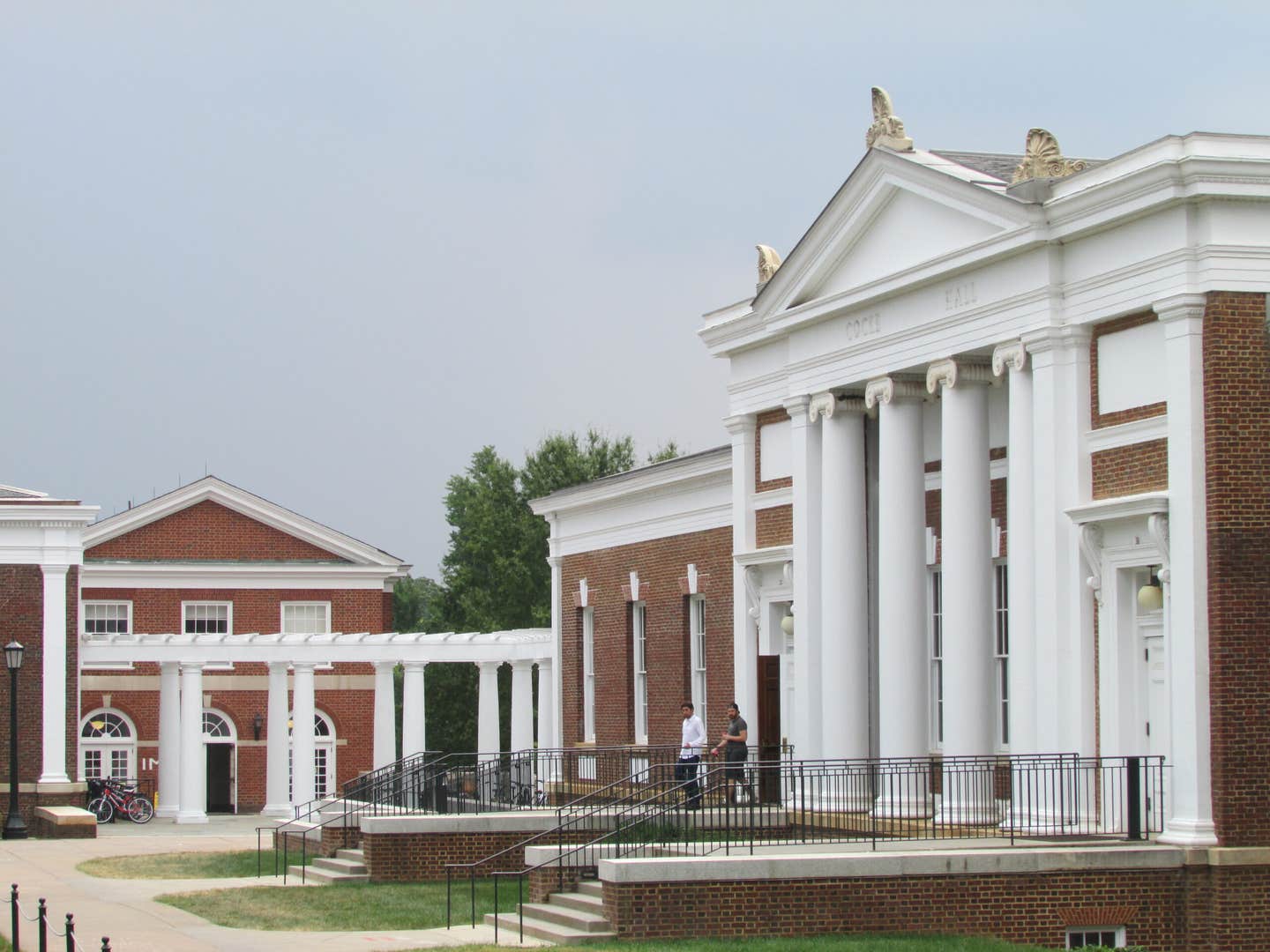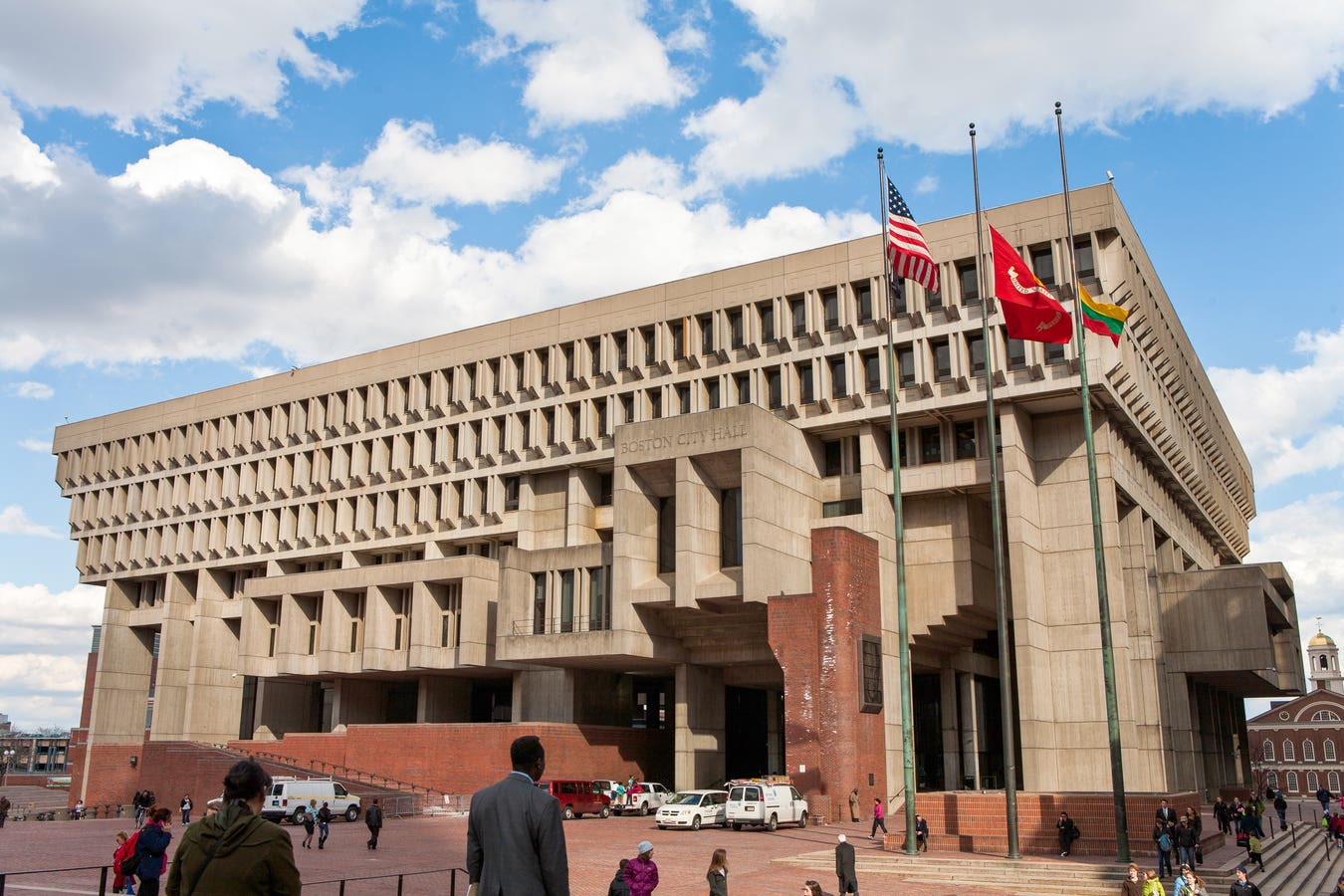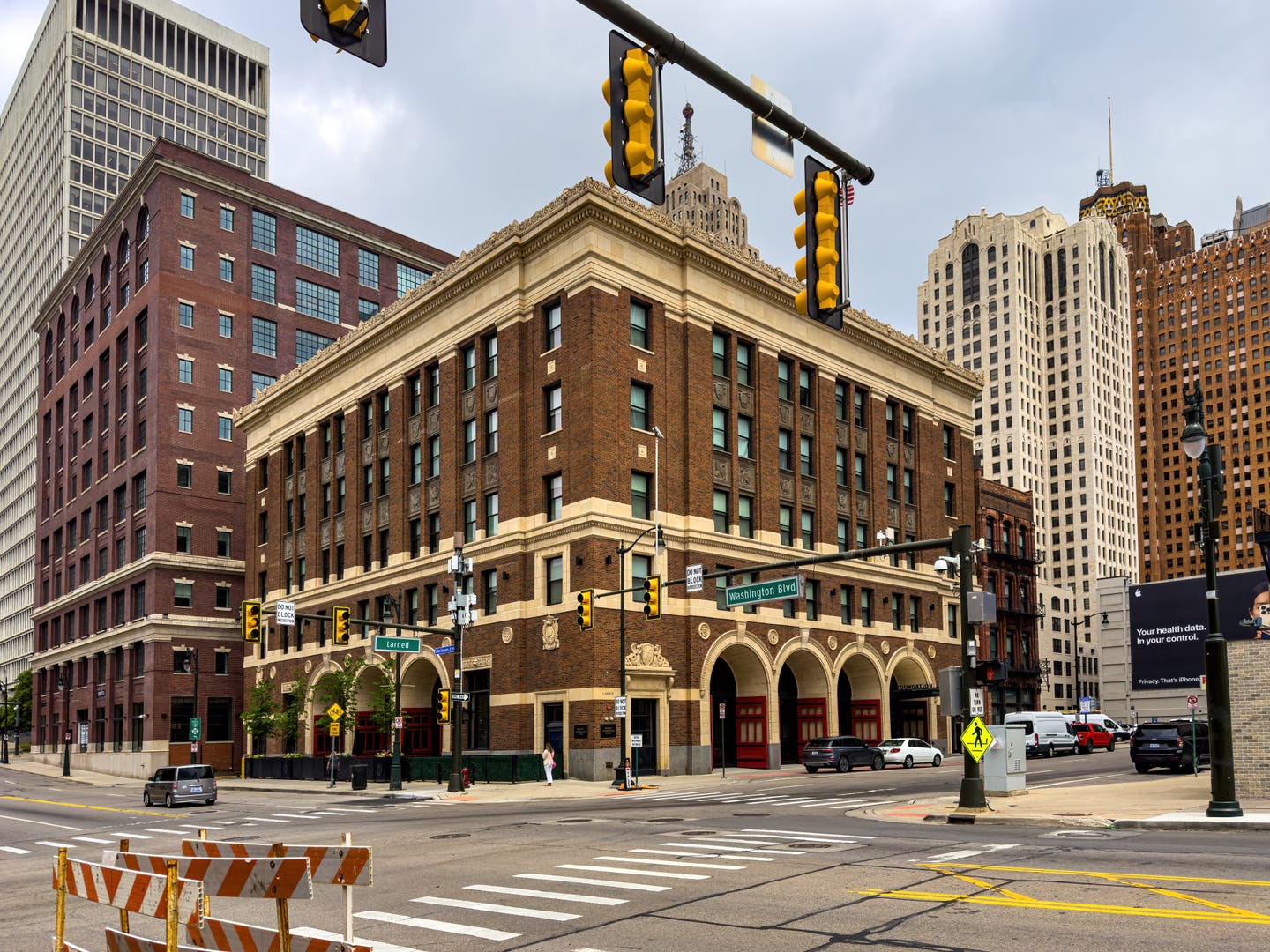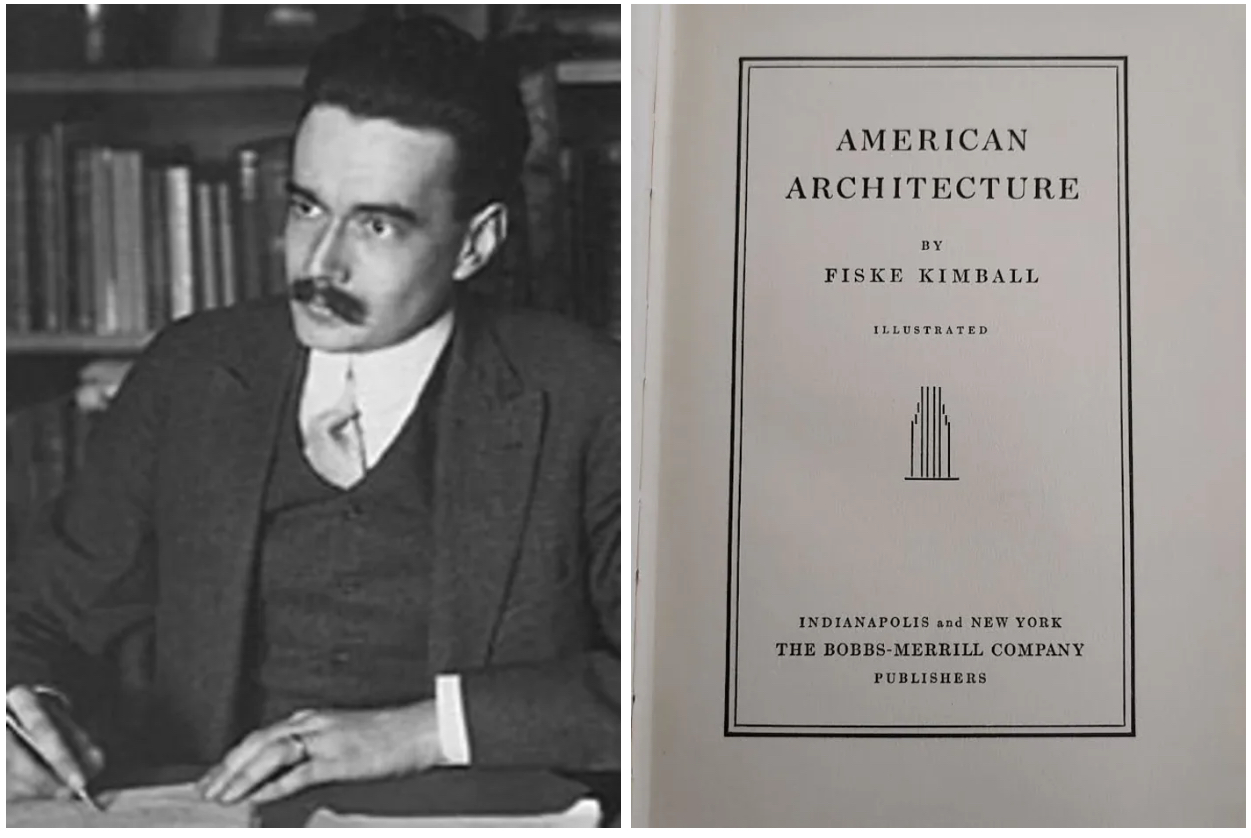
Carroll William Westfall
Beauty and Justice
Traditional classical architecture and urbanism serve the civil order of the United States. In the classical tradition that includes the American Founding, people have acknowledged the alliance of justice and beauty by striving for the highest beauty in their most important buildings. From pagan temples to Christian churches and seats of secular authority in America’s varied civil orders, beauty in architecture and urbanism has offered a rich source of happiness. But not so with Modernism that is an unnaturalized alien immigrant that seeks no essential connection with justice in America and sneers at beauty.
The classical connection between justice and beauty was imported to the colonies from the mother country. Within that tradition, a civil order commanded the architecture and urbanism that would serve and express its purposes. The foundations for justice and beauty were in nature that provided the order, harmony, and proportionality of the justice that statutes and ordinances policed, and the beautiful in what was built. Nature’s rusticity was occasionally valued as a contrast to civility, but nature proper is its principal locus. Within the classical nature remains beyond humankind’s full comprehension, an arena of unpredictable, inexplicable, and often invigorating events that humankind studies and interprets to fulfill our need for justice and beauty.
The earliest English colonists drew on their vernacular experience to serve their religious, pecuniary, and civil purposes. After nearly two centuries, these and other transplants declared their independence from the British laws that governed them. By now, people possessed a much deeper and richer understanding of the classical in both architecture and in governing, and it loomed large in their actions.
Their Declaration of Independence that assaulted the tyranny of distant overlords had ample precedents in English history. The conflict between consultative bodies and monarchic overlords stood behind magna carta in 1215. Henry VIII annulled Rome’s authority over the Church in England. He established the English monarch as the Head of the Church of England, and redistributed land from sacred to secular hands. Elizabeth, his daughter, ruled during a golden age, but a tumultuous century followed. North American colonies were established and grew, but in the mother country English traditions were challenged with regicide and a civil war between roundheads and cavaliers with comity finally reestablished with a new royal house imported for the English throne.
The Americans justified their separation from the mother country with arguments from the traditions of classical natural and English common law. Their Declaration’s first word points to the role of changed circumstances within an enduring natural order: “When in the Course of human events, it becomes necessary,” they wrote, to take such an action, they were compelled to give reasons. Their enumeration of royal perfidies followed an explanation based on reason within “the Laws of Nature and of Nature’s God,” laws not of man but laws resting on the unchanging, universal, and eternal forms of justice that humankind is obliged to honor. Unattainable and unchanging, these laws course down through the classical tradition in which peoples have formulated the statutes and lesser ordinances to full their need for justice.
In Philadelphia in 1776, men who were experienced in government and exasperated by tyranny reviewed those laws and came to hold these Truths to be self-evident, that all Men are created equal, that they are endowed by their Creator with certain unalienable Rights, that among these are Life, Liberty, and the Pursuit of Happiness—that to secure these Rights, Governments are instituted among Men, deriving their just Powers from the Consent of the Governed.
After a few missteps in instituting their government, they defined its purposes: We the People, to form a more perfect Union, establish Justice, insure domestic Tranquility, provide for the common defense, promote the general Welfare, and secure the Blessings of Liberty to ourselves and our Posterity.”
Their Constitution describing the mechanics of governing and would be amended when necessary. Lincoln would give a concise epitome at Gettysburg when it called it “a new nation, conceived in Liberty, and dedicated to the proposition that all men are created equal.…[a] government of the people, by the people, for the people.”
Calling it a new nation was an understatement. It was new, and it fitted within the classical tradition, and it was also innovative and fundamental within that tradition. Subsequently, its interpretation of natural law has become normative, as has the necessary corollary, that the protection of those rights requires that authority in government be based on the consent of the governed.
Both and innovative, this was not revolutionary. It is a natural and rational extension of the central content of the classical tradition’s central question: where does just authority reside? Putting it in the consent of the governed recognizes the role of the natural endowment of human nature to pursue happiness in the justice and beauty that, with truth, is nature’s most valuable content. The traditions that carry that content forward to every era’s present is the necessary complement to reason in fulfilling that pursuit. Here we see not revolution but reform and renewal, with the alliance of justice and beauty central and intact.
The events that launched the new nation’s formation initiated a flurry of events beginning momentously in 1789 in France. These were revolutions. They presented the past as the impediment to the progress available in an unforeseen future. By their nature, revolutions do not consult, draw on, and extract from the best and deepest understanding of justice and the good and modify it to fit new circumstances. Their leaders embrace the freshest thoughts of the present about what the future can be, and launch programs to fulfill them. To achieve that progress necessitates nullifying of the past, a point made by the guillotine for a king and those whose fresh ideas went sour.
A long century of revolutionary turmoil eventually led to horrific, muddy, bloody trenches of war ending in a draw. And then more revolutions. And then to political changes, and then more, eventually to an even more destructive war, and then, after midcentury, the soothing relief of comfortable prosperity and a modicum of civil peace.
A causality of that revolutionary turmoil was the traditional, classical liaison and exchanges between the civil order and the architecture and urbanism it built to serve and express its purposes.
In the interwar years outliers declared the advent of a new, modern world that demanded revolutionary, new schemes for governing, with artists and architects joining in to hurry the future into existence. The programs of these earliest Modernists gave stark acknowledgment that architecture’s role is to serve and express the purposes of the civil order. Revolutionary regimes need revolutionary architecture. As Le Corbusier proclaimed in 1924, a “modern state of mind” is now suffocated by a “stock of centuries-old detritus…. Architecture or revolution. Revolution can be avoided.”
But as new political programs were captured by reactionary autocrats or indecisive leaders of disillusioned followers, Modernist architects abandoned their liaison with justice, declared beauty the enemy of the progressive, modern age, and promoted their designs as the culmination of the history of architecture and the beacon leading into an aesthetic future. America distanced itself from revolutionary programs—they were un-American—and imported a Modernism divested of political baggage but useful as décor for prohibition-era nightclubs and the fashionable, sleek sheaths of the wealthy. The architecture of Modernist was introduced in a 1932 exhibition at New York’s Museum of Modern Art. Philip Johnson had established and financed the museum’s architecture department. He and the art historian Henry Russell—Hitchcock published its catalogue with the title, The International Style, with a mere six examples in the United States. The formal qualities it identified—“architecture as volume” rather than mass; “regularity” rather than symmetry; and “the avoidance of applied decoration”—were starkly and intentionally opposed to those of the still dominant classical tradition.
In the midst of the Depression’s hiatus in construction in 1936, Walter Gropius arrived at Harvard and Mies van der Rohe’s in Chicago at what would become the Illinois Institute of Technology. The decimated construction industry was retooled for war production, and it was ready to use Modernism to serve the new, modern, progressive world. The United Nations Headquarters in New York signaled the end to wars among nations. Publicly owned private corporations displayed their service to prosperity. New government agencies demonstrated their wise, thrifty use of public money. And universities found it a vehicle for claiming an expanded role in bringing the future into the present.
These builders—international organizations, corporations, government bureaus, universities, and others—used other people’s money to serve their interests. But Modernist styles were largely absent when individuals built with their own money to go about their lives. While Modernism flourished where business and government did their work, the surrounding residential districts were ballooning with suburban homes for the (white) war veterans and their subsequent generations. Americans wanted the cabin in the woods where they could live the traditional American life, and what they built was traditional-looking ranch-burgers and garages on cul-de-sacs inconveniently separated from main street shops, churches, and schools.
Dominant in current architecture and urbanism is either the offspring of an imported, unnaturalized Modernism or a simulacrum of traditionalism, both divorced from the classical tradition that seeks the beautiful as the counterpart to justice. Missing is what even a short century ago was at the heart of the American way of life when the practices of architecture were coordinated and the common law and classical traditions reaching back through the Founding to Athens and Jerusalem with well-informed reasons active in seeking justice and beauty.
That alliance has always allowed the civil order to build the architecture and urbanism that serves its aspirations for justice, but it never interested Modernism. Modernism is a perpetual revolution; the classical tradition and its American instance use reform and renewal. Like public and private acts of justice, its beauty has the ordered harmony, and proportionality within its parts and in its relationships to those who encounter it. Like a just act, it quickens the heart and offers happiness as a reward. And like justice, it is no mere momentary and easily received sensation but a memorable and enduring resident of the heart and soul whose presence it blesses.
Carroll William Westfall retired from the University of Notre Dame in 2015 where he taught architectural history and theory since 1998, having earlier taught at Amherst College, the University of Illinois in Chicago, and between 1982 and 1998 at the University of Virginia.
He completed his PhD at Columbia University after his BA from the University of California and MA from the University of Manchester. He has published numerous articles on topics from antiquity to the present day and four books, most recently Architectural Type and Character: A Practical Guide to a History of Architecture coauthored with Samir Younés (Routledge, 2022). His central focus is on the history of the city and the reciprocity between the political life and the urban and architectural elements that serve the common good. He resides in Richmond, Virginia.









